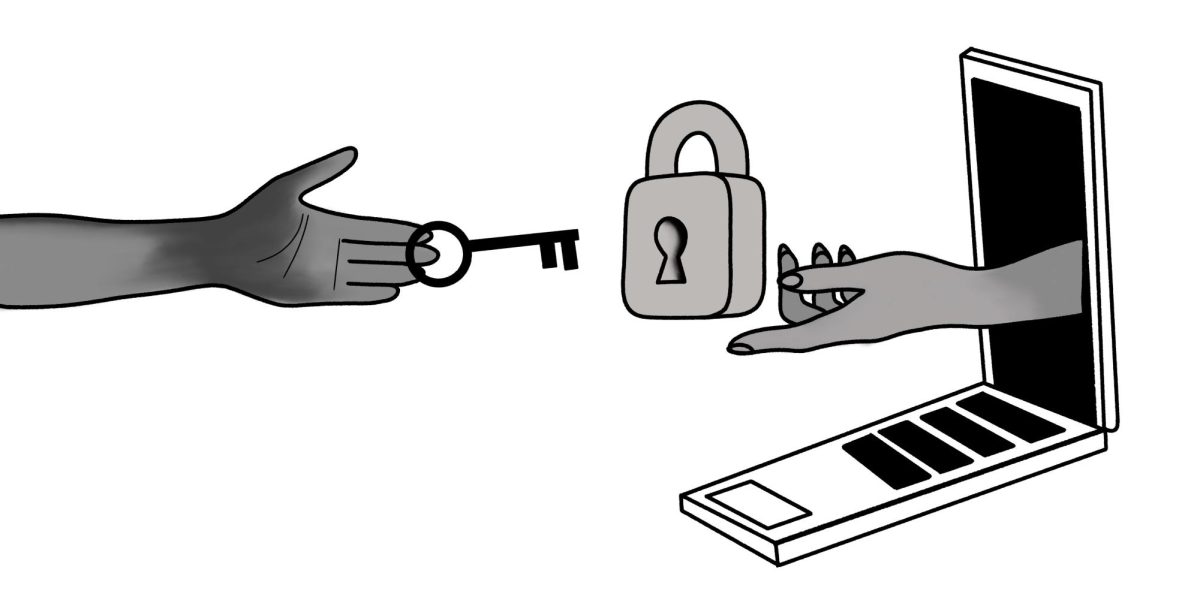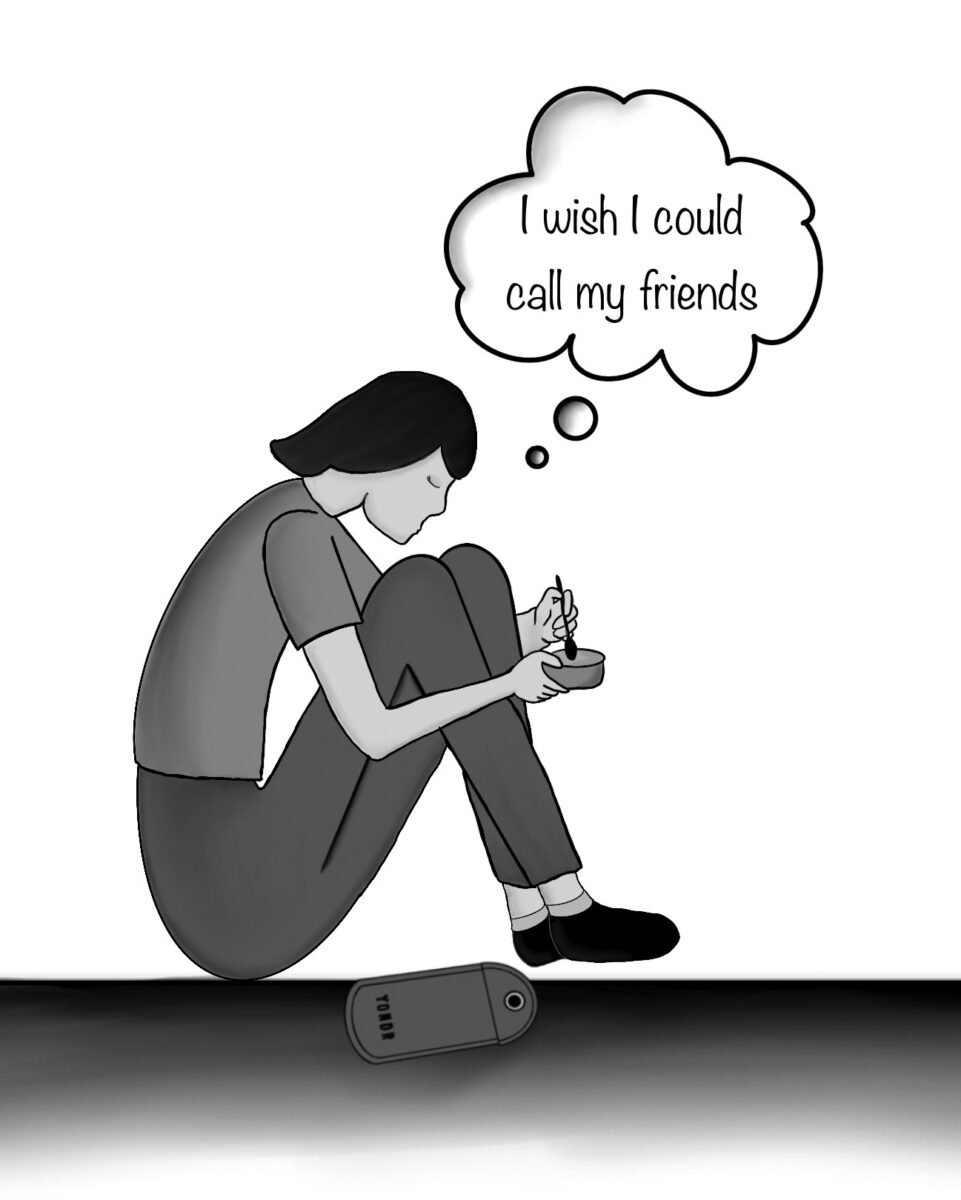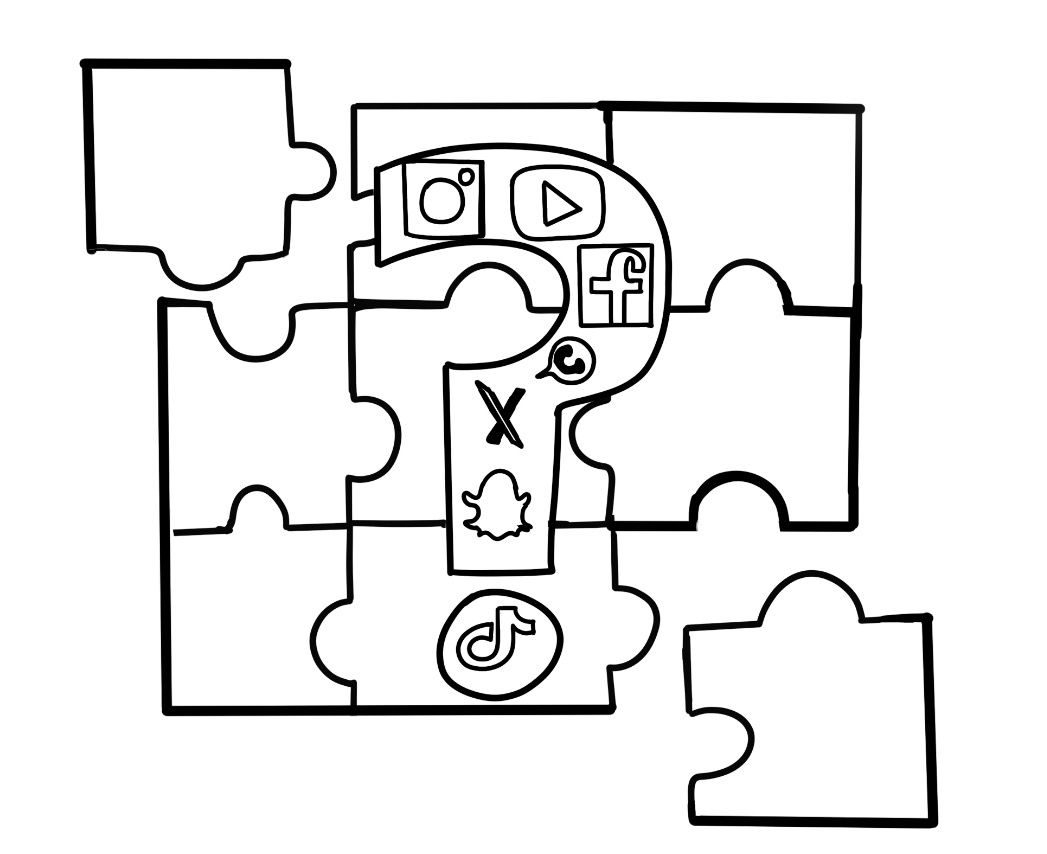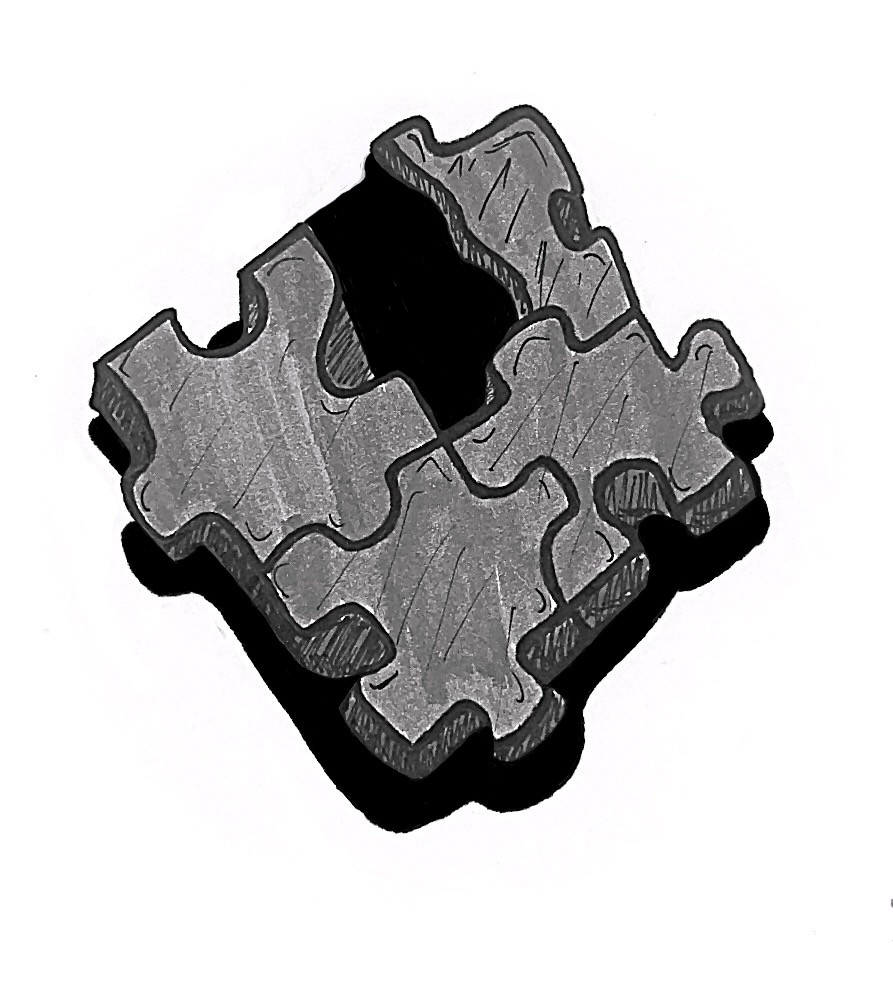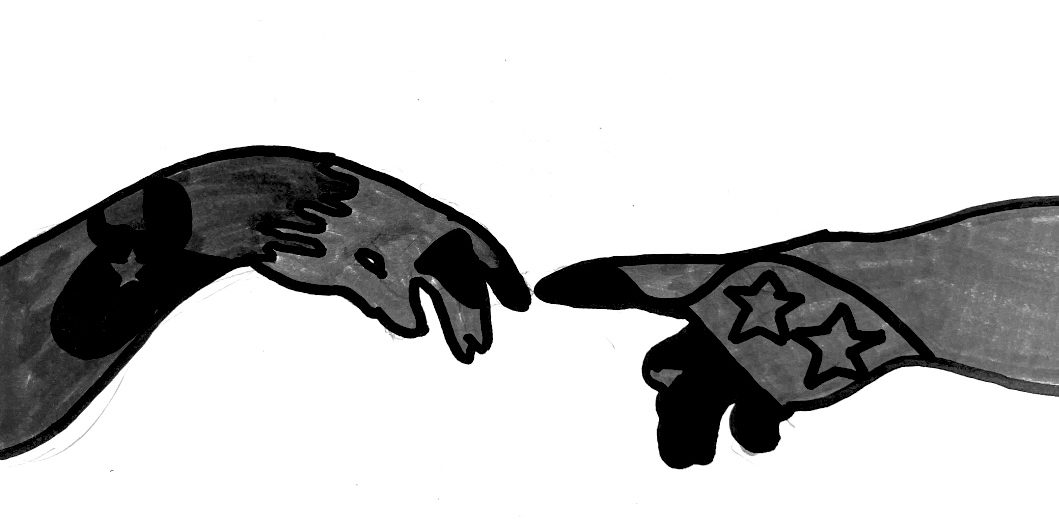Since 1958, student journalism in the Tamalpais Union High School District (TUHSD) has flourished due to committed students, hardworking advisers and sufficient funding. However, recent budget cuts and concerning Board decisions endanger the decades of progress these newspapers have achieved. They are hurting The Tam News scope, harming Archie Williams’ The Pitch in their developing stages and forcing the Redwood Bark to rely on the Redwood High School Foundation (RHSF) and cut prospective students to stay afloat. These actions disrupt not only the students participating in journalism programs but our schools and the community they inform.
We all have a vested interest in free press and an informed student body, which is why The Pitch, Tam News and Bark are standing together in solidarity to protect journalism. We are asking for sufficient funding, time and resources, and most importantly that the TUHSD Board re-evaluate their priorities to support student journalism.
The Pitch, The Tam News and Bark are important programs because they inspire students to pursue careers in journalism. The Bark has produced numerous Pulitzer Prize winning journalists, covering topics from brain injuries in sports to the American occupation of Iraq. Meanwhile, the Tam News has former students writing for the Associated Press, the Financial Times and the New Yorker, and The Pitch has won numerous national awards for excellent journalism. These media programs allow for student choice, instruct communication skills, discuss important current events, teach media literacy and provide many more lessons that influence students’ futures.
District budget cuts are taking away the classes that have inspired and molded important journalists, because class periods that are not “full” are not running, despite student interest. One casualty of these budget cuts will be Nonfiction, the prerequisite class to Advanced Journalism that teaches students journalistic practices and style. The Pitch, despite working tirelessly to set up a prerequisite Nonfiction program for their Advanced Journalism class, will need to cut at least 13 prospective journalists from the course, and cut 12 students who signed up for Advanced Journalism. The Bark will need to cut one of its three Nonfiction classes, meaning 14 or more current freshmen who applied to Nonfiction will not be accepted into the program. Additionally, the Bark will be forced to cut a dozen or more students, all who have completed the prerequisite Nonfiction. These students are hardworking, curious and deserving of the opportunity to hone their passion, but unfortunately their chosen educational pathway is not valued.
For many, being cut from the Nonfiction or Advanced Journalism class will likely shut down any desire to continue pursuing journalism. The Tam News is facing similar challenges. Despite a growing program, budget cuts have forced Tam News to drop one of its two Advanced Journalism classes, preventing Nonfiction students from continuing in the program. They will be forced to shift from two sections of 24 students to one section of 35.

In order to continue inclusive reporting and publishing high quality articles, the TUHSD journalism classes must be provided with the necessary resources, including allowance for smaller class sizes due to the subject matter and a release period for collaboration. Before 2020 the 3 TUHSD journalism programs had a release period where advisers and staff leaders were able to plan out class time, give personal feedback to numerous in-depth projects, organize publication layout and have important discussions on high-profile topics before publishing. However, when TUHSD cut the release period, it became increasingly difficult for journalists to produce the publications that we pride ourselves in because advisers were now teaching a new class of 30-plus students instead of spending time on the program. The Tam News specifically noticed a huge change, going from producing a 24-32 page printed magazine to subsequently making a smaller publication that takes three months to produce and is printed half as often.
These cuts are not a result of a lack of effort on the part of our advisers, but rather a lack of funding and support from the district. All of the current program advisers are willing to take on more journalism classes and collaborate with our staff beyond school hours; the problem is that the district is not willing to pay the teachers for this release time or lower the required class sizes for our unique needs. We are asking the Board to adjust its priorities in order to fund our award-winning journalism programs.
We ask that before the adults in power damage our journalism programs further, the elected members come into our classes and observe our work. We want the Board and the district to witness the inspiration, collaboration and dedication that ensues in our classrooms and that follows us into our post-graduation journey. We do more than just produce our magazines, newspapers, podcasts, social media platforms and websites. We also shine a light on important stories that may not otherwise be told and foster an inclusive community that continues outside the classroom, all with less time and less funding than before.
The effect the Advanced Journalism program has on students’ present and future is hard to understand without being in one of our seats. We encourage the Board to view this situation through the lens of one of the Advanced Journalism or Nonfiction students and understand that our requests are coming from a place of love for the program that has impacted our high school experience so deeply.
Sincerely,
Student Journalists of The Redwood Bark, Archie Williams The Pitch and The Tam News

